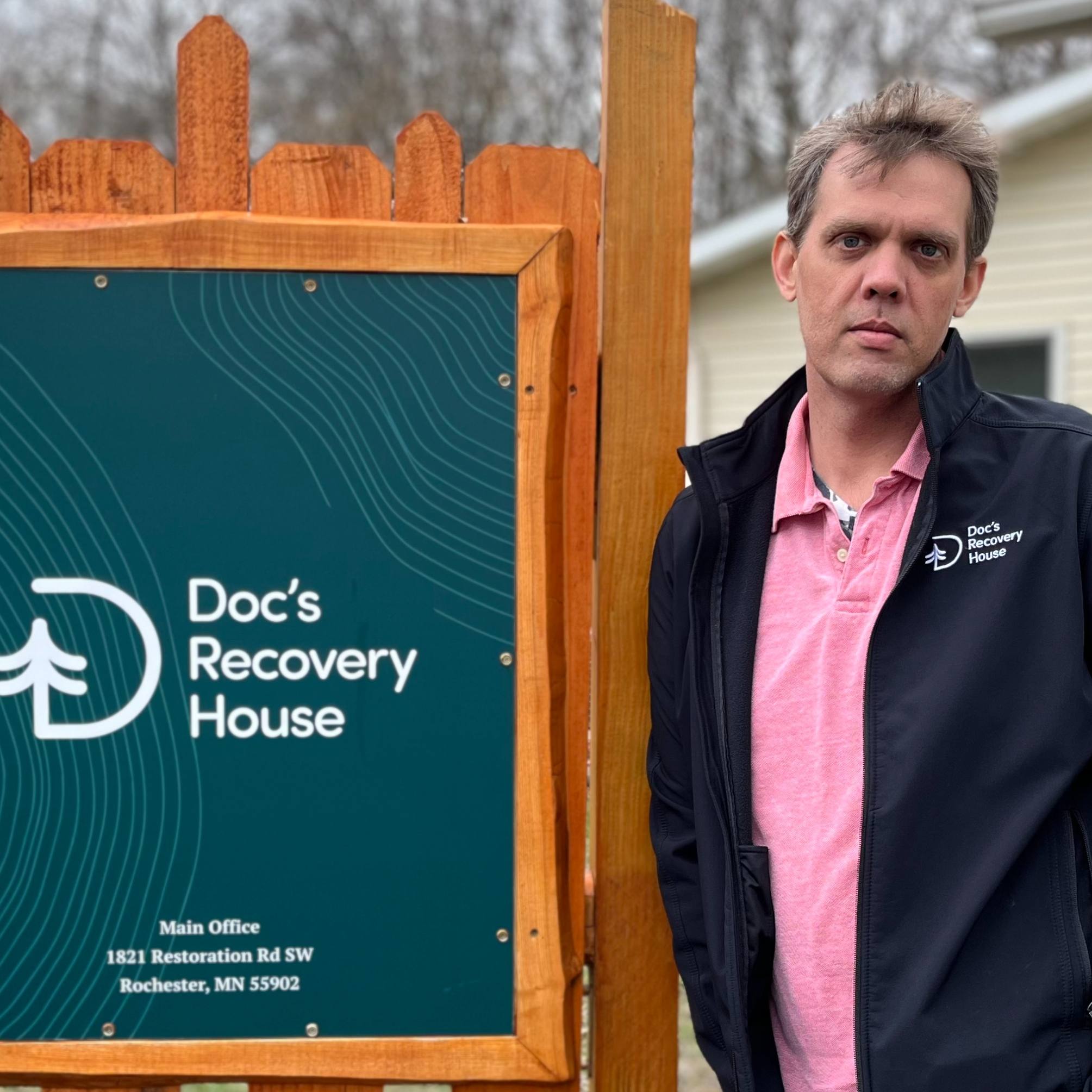More people working from home these days often means more hours looking at computer screens and mobile devices. And eye experts at Mayo Clinic say that could create some temporary vision problems.
Reporter Jason Howland explains in this Mayo Clinic Minute.
Journalists: Broadcast-quality video (1:12) is in the downloads at the end of this post. Please courtesy: "Mayo Clinic News Network." Read the script.
If you stare at a computer monitor or cellphone too long and then experience temporary blurry vision, it's likely because the moisture layer on the front surface of your eye is getting dry.
"If that tear film is not smooth and even, and of the right quality and quantity, vision does tend to be compromised. So, people may notice that they have clear vision one moment, they blink, and it gets blurred. They blink again, and it gets clear," says Dr. Muriel Schornack, a Mayo Clinic optometrist.
Blinking spreads important tears over the front surface of the eye.
"Whenever we're doing anything that requires distinct attention to visual detail, our blink rate goes down," says Dr. Schornack.
Instead of a normal blink rate of every five to seven seconds, you might only blink every 15 to 20 seconds when looking at a screen.
"Blinking is huge. It's hugely important. It can go a long way toward keeping us more comfortable. It's obviously inexpensive, and it's readily available," says Dr. Schornack.
Next time you find yourself staring at a screen, try the 20-20-20 rule. "Every 20 minutes, look at something 20 feet away, blink 20 times for 20 seconds," she says.
Using over-the-counter eye drops periodically throughout the day also can help.
____________________________________________
For the safety of its patients, staff and visitors, Mayo Clinic has strict masking policies in place. Anyone shown without a mask was recorded prior to COVID-19 or recorded in an area not designated for patient care, where social distancing and other safety protocols were followed.
Related Articles







